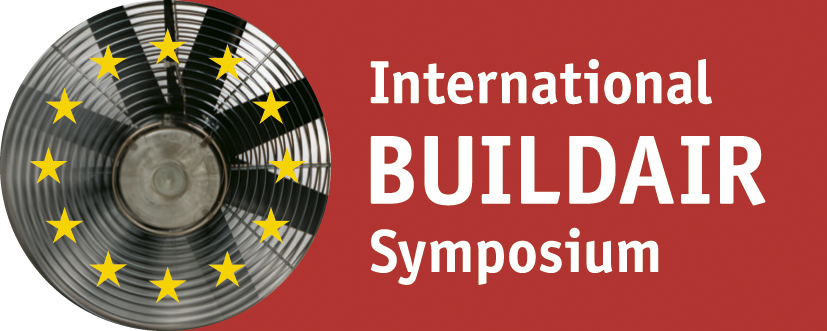To describe the quality of adhesive joints and connections for airtight layers, our research includes comprehensive investigations into the effect of different working conditions and accelerated aging. Existing methods for testing adhesion are analysed and adjusted. The evaluation of adhesives’ suitability for permanently airtight bonded joints, via the testing methods for accelerated aging and statistical experiments applied in our research, clearly show that the degree of the peel force achieved depends on the selected sheet material and the curing time of the adhesive. It turns out that the PE foil used constitutes a critical substrate. When analysing the results of accelerated aging and the statistical stress situation “G4”, it can be seen that the stress resistance of adhesives in combination with PE foil is significantly lower than with other bonding partners. In most cases, the adhesions peel off the sheet. With the subsurface types used (beech wood and fibre cement slate), the adhesives enter into a stable adhesive bond. Adhesive failure on subsurface is only observed in individual cases in adhesions with the PET sheet. Most of the material combinations analysed passed the testing procedure developed for the durability of adhesions. With progressive accelerated aging, the majority of the adhesives analysed show an increase, or at least a virtually constant, peel force in comparison to the reference case. The expected reduction in the peel force following accelerated aging, as had been observed in previous analyses of adhesive tapes, only occurred in a few exceptional cases. The comparison of adhesives with and without solvents shows that solvent-free adhesives achieve higher values in peel force overall. Also, when analysing the fracture pattern, cohesive contribution to failure is higher, indicating good adhesion with the bonding partners. Research on stress resistance of foils in roof structures [7] conducted by the Fraunhofer Institute for Building Physics have shown that even low stress levels have an impact on the airtight layer and, consequently, on adhesion. The stress impact of adhesions in the peel test is significantly higher than the impact caused within roof structures by wind. The construction phase is critical. Statistical tests show that even the impact of small loads can lead to damages to the adhesive joint and to adhesion failure if the adhesive has not sufficiently cured. In general, any stress during the curing time in the first two weeks should be avoided. Once the adhesive joint is sufficiently cured, most adhesives are able to resist high stress impact. The method developed during the research is suitable for evaluating the capacities of adhesives in combination with different sheet and subsurface materials. The selected representation of the results on accelerated aging allow for a direct comparison of the different adhesive compositions. The materials tested using the developed procedure enable contractors and planners to determine the right bonding partners for their objectives.
Quality assurance for adhesive-based joint technology in the design of airtight layers

Year:
2011
Bibliographic info:
6th International BUILDAIR Symposium on Building and Ductwork Airtightness, 6 May 2011, Berlin, Germany




